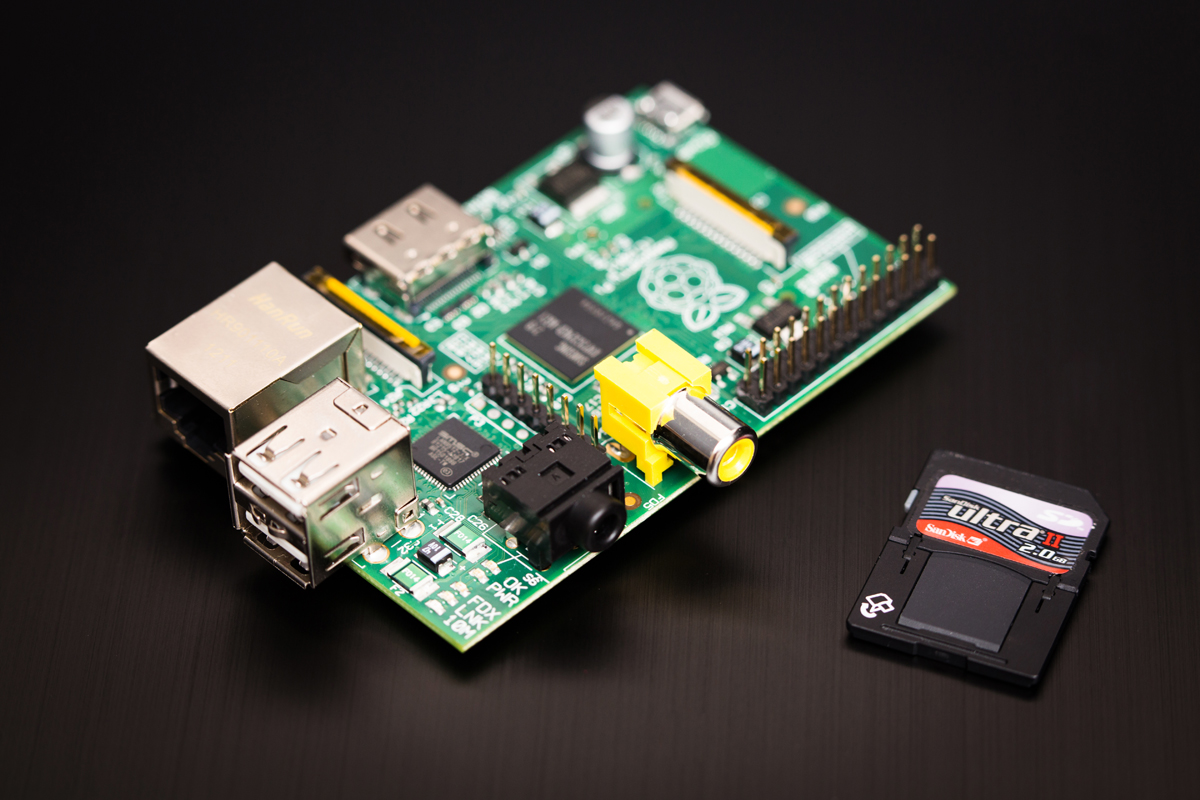http://kodi.wiki/view/Archive:HOW-TO:Autostart_Kodi_for_Linux
Month: June 2017
Using I2C with SMBus and Armbian Linux on the Orange Pi
his page details how to setup I2C support on the Armbian image from https://www.armbian.com for your Orange Pi computer.
When first booting the new operating system you will be prompted to login as root, the default settings are:
Username: root
Password: 1234
You will be asked to update your root password and then create a new user.
Follow prompts to add a new user, for ease of use we are using “pi” as the username and you can set your own password.
Step 1: Download the latest Armbian linux image for your Orange Pi model and burn to your SD Card following the instructions on http://elinux.org/RPi_Easy_SD_Card_Setup
Step 2: Next you need to update your Orange Pi to ensure all the latest packages are installed:
sudo apt-get update
sudo apt-get upgrade
Step 3 a: Once you have logged into your Orange Pi from the command line, run the following command to install SMBus and Python Dev:
sudo apt-get install python-smbus python-dev
Step 4: From the command line, run the following command to install i2c-tools:
sudo apt-get install i2c-tools
Step 5: Set the Raspberry Pi to start I2C automatically at boot by editing /etc/modules :
sudo nano /etc/modules
Use your cursor keys to move to the last line and add a new line and then add:
i2c-dev
Save your changes and exit the nano editor.
Step 6: To avoid having to run the I2C tools at root add the ‘pi’ user to the I2C group:
sudo adduser pi i2c
Step 9: Next reboot the Orange Pi:
sudo reboot
When your Orange Pi has rebooted you will now have I2C and SMBus Python 2 support.
Source: Using I2C with SMBus and Armbian Linux on the Orange Pi
Raspberry Pi – Installing Volumio in PiBang
H34A 315Mhz / 433Mhz MINI RF Wireless Transmitter Module Minimum Remote Control Module ASK 2.6-12V Sale – Banggood.com
Watch “Omar Sosa Quarteto AfroCubano FULL CONCERT” on YouTube
Pharoah Sanders
How to upgrade from PHP v.5.5.9 to v.5.6 | DigitalOcean
Source: How to upgrade from PHP v.5.5.9 to v.5.6 | DigitalOcean
Lorin Maazel
SOLVED Blurry/Ghosting LCD with Nvidia-96xx / Kernel & Hardware / Arch Linux Forums
Classification of Hypervisors
In their 1974 article, Formal Requirements for Virtualizable Third Generation Architectures, Gerald J. Popek and Robert P. Goldberg classified two types of hypervisor:[3]
- Type-1, native or bare-metal hypervisors
- These hypervisors run directly on the host’s hardware to control the hardware and to manage guest operating systems. For this reason, they are sometimes called bare metal hypervisors. The first hypervisors, which IBM developed in the 1960s, were native hypervisors.[4] These included the test software SIMMON and the CP/CMS operating system (the predecessor of IBM’s z/VM). Modern equivalents include Xen, Oracle VM Server for SPARC, Oracle VM Server for x86, Microsoft Hyper-V and VMware ESX/ESXi.
- Type-2 or hosted hypervisors
- These hypervisors run on a conventional operating system (OS) just as other computer programs do. A guest operating system runs as a process on the host. Type-2 hypervisors abstract guest operating systems from the host operating system. VMware Workstation, VMware Player, VirtualBox, Parallels Desktop for Mac and QEMU are examples of type-2 hypervisors.
However, the distinction between these two types is not necessarily clear. Linux’s Kernel-based Virtual Machine (KVM) and FreeBSD‘s bhyve are kernel modules[5] that effectively convert the host operating system to a type-1 hypervisor.[6] At the same time, since Linux distributions and FreeBSD are still general-purpose operating systems, with other applications competing for VM resources, KVM and bhyve can also be categorized as type-2 hypervisors.[7]
Source: Hypervisor – Wikipedia
